Accessibility; a taboo word for many the ‘hardcore’ gamer, and for a title like Monster Hunter, which is largely comprised of said demographic, World has no doubt been a contentious topic leading up to its release. For a series that is known not just for its massive enemies, but also for being outlandishly deep, opening up to a wider audience is a scary prospect and one that I’m sure had Capcom worried too. I had my reservations as well, and as someone who prides himself on tackling challenging games, I couldn’t help but feel a bit hesitant about it all. After sinking many hours into this game however, it’s become abundantly clear that not only has Capcom managed to create a game that maintains its identity and that is devilishly addictive and deep, but they’ve also opened the gates to an almost impenetrable series, without compromise, and that’s important. Capcom managed to do accessibility right.
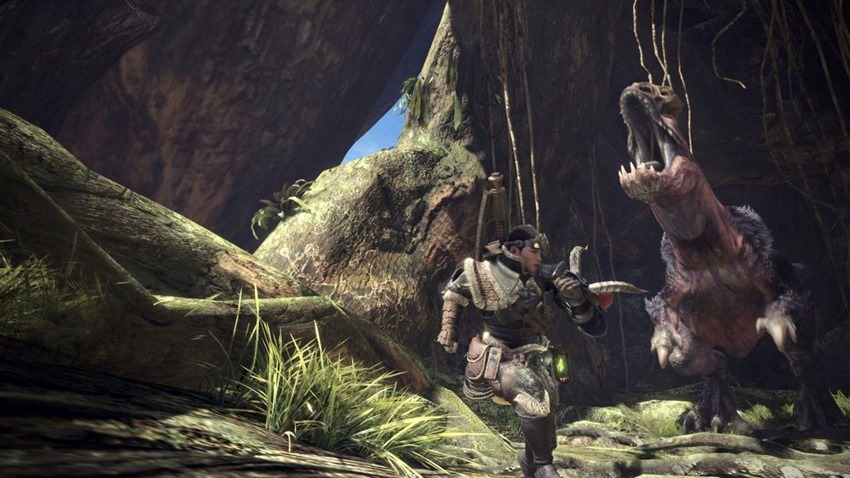
Often as a fan we accept certain aspects of a series as staples and quirks, and we tend to see these things as integral to the overall experience, but World has proved to me that sometimes we’re really just stuck in our ways and that change can be good. This game does really simple things like auto-crafting certain items when you pick up the necessary materials in the field as well as showing damage numbers when attacking. On damage numbers real quick, it can’t be understated how great of a change this has been. Previously, you never really knew how much damage you were doing to enemies, and this information was mostly found online. Just seeing those numbers allows players to understand the effect of each weapon as well as knowing which parts of the enemy to target. It’s fantastic, and the beauty of it all is that you can turn it off if you so wish. These little changes go a long way in making it easier for both veterans and newcomers alike to jump straight into the core experience, and in doing so, allowing for a speedy discovery of what makes this series so damn good.
Monster Hunter is all about slaying huge creatures, using their remains to create better (and cooler-looking) equipment which will eventually allow you to take on even bigger monstrosities. It’s a simple yet addictive loop which leverages itself on two key design principles, and that’s player freedom and reward.
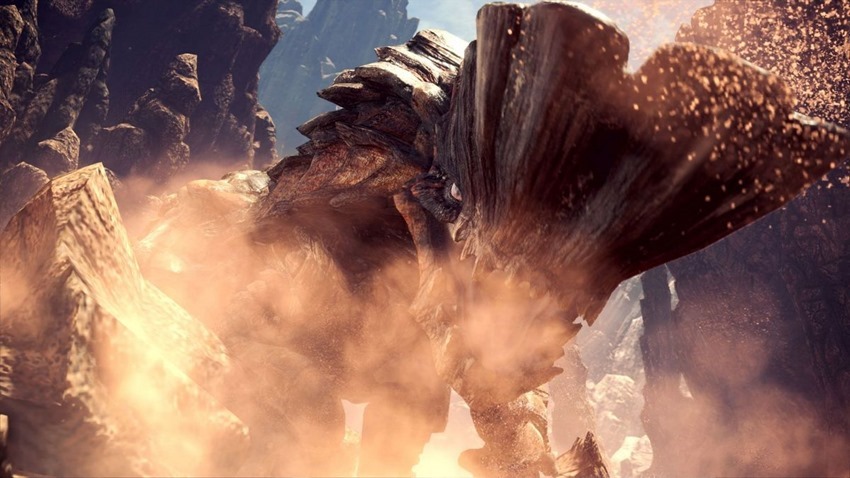
Monster Hunter, and by extension, World, has always allowed players to shape the experience to their own tastes and playstyles. From the get go you’re given the choice to choose a weapon from 14 different types. These range from the classic sword and shield to more elaborate ones like the Insect Glaive which acts as a melee weapon with the ability to shoot special types of insects at monsters. It might seem daunting at first, choosing a weapon to start out with, but you’re never, at any point in time-locked to a singular route. You’re given the freedom to try out everything and discover what suits you best. If you ever become bored of one weapon type, you can switch to another without hesitation. There are no arbitrary levels or limits which govern weapon proficiency, instead, your skill as a player will determine the outcome of battle, and it’s that sense of personal achievement which drives you to keep playing, and World, more than any title before it, facilitates player growth in subtle but important ways.
In previous titles, once you choose a loadout before a hunt you’re locked into it until you get back to the hub. In World however, you can freely change your equipment out in the wild back at the base camp. It’s a simple change that goes a long way in helping players test out different strategies on the fly, and it helps in getting a grip on the deep combat. Monster Hunter puts a greater emphasis on timing and player agency rather than just hacking away at the enemy. You have to unsheathe your weapon to be able to attack, which reduces your mobility, so knowing when to get into position is imperative to an efficient assault. On top of this methodical approach is the behaviour of each weapon, resulting in a different ebb and flow to combat depending on what you have equipped. For instance, the Great Sword as you would expect is really slow with each swing, but extremely powerful on impact. It’s a weapon that requires much more spatial awareness and understanding of the monster’s movements, however, World introduces a very simple shoulder tackle move which not only allows you to quickly get an attack in but to also reach a different move in the combo tree. So you could push out fast shoulder tackles to reach the third attack in the combo instead of using two slow swings. It’s this layer of fine grain technicality that I find to be the most rewarding aspect of the combat system. You feel as though you’re always learning and getting better and the new little additions that World made to all of the weapons and combat really made me excited, even as a long-time player.
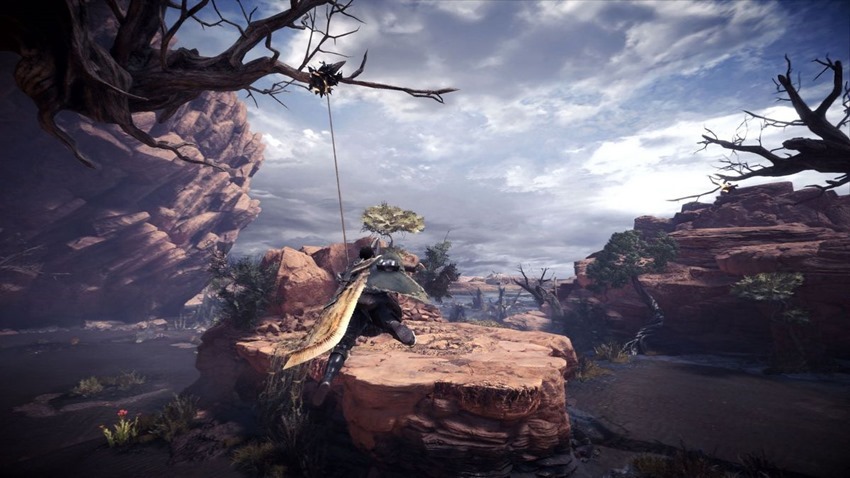
What would such a deep combat system be if there were no enemies to push you to your limit? Thankfully Monster Hunter was always known for its interesting and towering beasts and World is no exception. Each monster is distinct and full of personality and is brought to life in ways I had only dreamed about while playing the handheld versions. The sheer scale and ferocity of each one of them was enough to take my breath away, and it made, and still makes, each hunt as exhilarating as the last. Just when you think you’ve conquered a strong foe, there’s a Diablos or Nergigante waiting to knock you back down to size. They’re not just visually impressive either, as they act in ways that make them feel truly alive. They’ll sometimes fight with other monsters in the area or run away to eat something, causing physical changes to their body. It’s up to you to study them, to recognize attack and behavioural patterns and use that knowledge to your advantage. World not only breathes new life into the monsters themselves but into the locations they inhabit too.
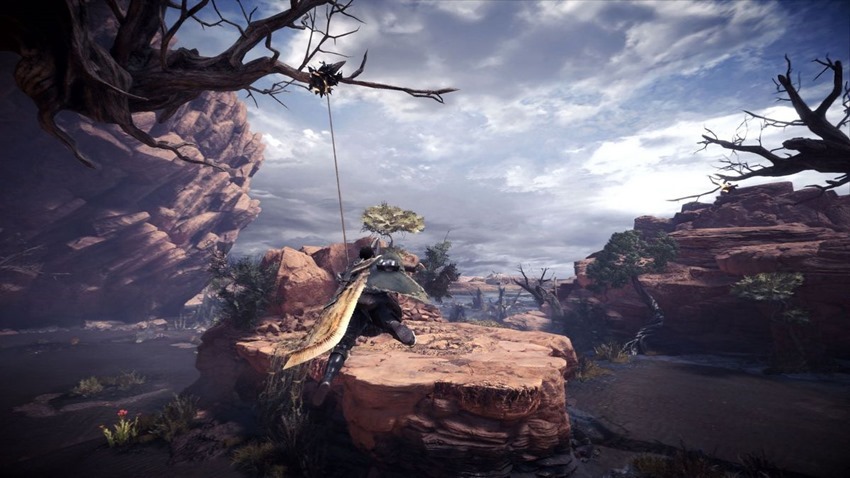
Each locale is lush and brimming with life and while it’s truly a marvel both from a technical and artistic standpoint, I think it’s probably their level design that impressed me the most. Maps in previous games were segmented into different areas with loading screens in between. This is no longer the case here as every part of the map is seamlessly interconnected with each other, adding a layer of depth to exploration that just wasn’t possible before. The level of verticality is honestly astonishing at times as one area will see you climbing up into the clouds to fight a dragon in its nest, while another will have you delving into the crevices of the Earth into a poison-filled wasteland. It manages to be open enough to still provide that sense of scale while also being tightly designed so that you’re eventually able to memorise where every camp, nest and gathering point is without relying too much on the map. It’s clear that great care was put into almost every aspect of the game so that it all fits together and feed off each other, and this extends to the activities outside of hunting as well.
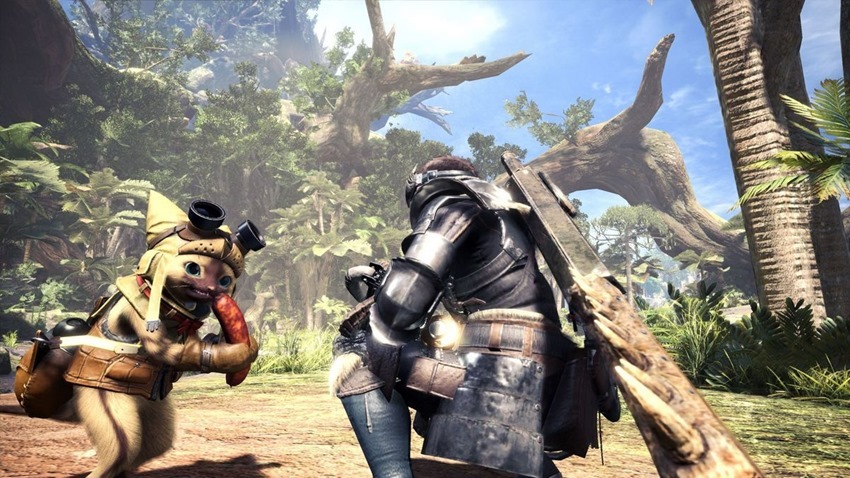
The weapon and armor creation system is as extensive as ever. The materials and monster parts you gain while hunting will be pumped into smithing better gear. New weapons can be forged and enhanced along quite a huge upgrade tree, providing opportunities to create an arsenal with different elemental and special properties. Armor is created in largely the same way but is upgraded with special items called armor spheres. There is one major difference to the equipment system this time around and that’s armor skills. Each piece of armor might have certain passive skills attached to it such as increasing attack or defense, and each skill has its own level. The way to get higher level skills is to equip armor pieces with the same skills, so unlike previous games that encouraged the use of a full set of armor, World wants you to mix and match and try out different combinations. It also helps that the fashion in World is excellent, so those worrying that different pieces of armor won’t look good together will be surprised at how some of these combinations look. It’s a truly addictive system that will have you running to the smithy each time you complete a new hunt.
It’s not all perfect however, and the game does falter in its narrative. For the most part, the premise is largely the same as the other games, and it sees you, a fresh new Hunter joining a new team to take down a massive and elder monster. The story this time around is much more cinematic however with numerous cutscenes and attempts at proper characterization. For the most part, it’s a decent stab at more involved storytelling, but it kind of falls flat in the end, not to mention the final showdown with the big baddie was really quite tame for its huge build up.
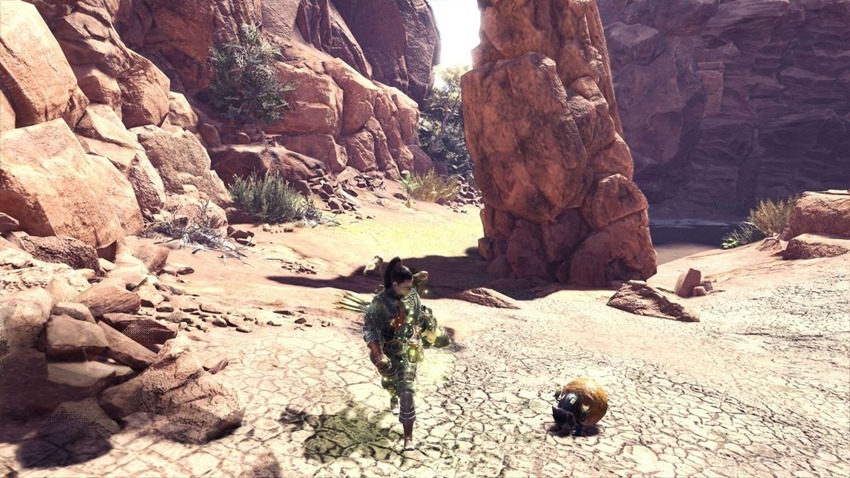
The other major portion of the game, the online multiplayer, can be a bit confusing to figure out at first too. One player can create a session in which up to 16 players can join. These players all enter a shared instance and up to 4 players can take on a quest at any given time. There’s also some weird restriction on having the leader of the quest first view all the cutscenes in a story quest before another player can join in. So it’s either everyone watches the cutscenes, and then restart the quest, or the leader has to sit through it alone and then invite the rest of the group once they’re done. It’s a bit clunky and can hamper the co-op experience a bit, only when it comes to story missions, but it was far from a deal breaker as the rest of the experience was absolutely sublime. Hunting with friends is some of the best multiplayer fun I’ve had and I get all giddy when I see a message popping up asking if I want to join a hunt. Just the feeling of taking down a huge monster with other people is something I think everyone should experience, and it’s this thrill that’ll keep you coming back for more.
Monster Hunter World looks absolutely amazing with incredible attention to detail from the monsters themselves right down the insects on the ground. The PS4 Pro version also offers 3 modes to choose from. One prioritizes frame rate, while the other two focuses on resolution and graphical effects respectively. None of these modes however offer a truly stable frame rate, so it’ll really come down to what you feel most comfortable playing the game in. I played this game on a base PS4 too and there are some frame rate issues present, but they hardly detracted from the experience in either version. Overall though, Capcom did an amazing job with the look, feel and sound of the game.
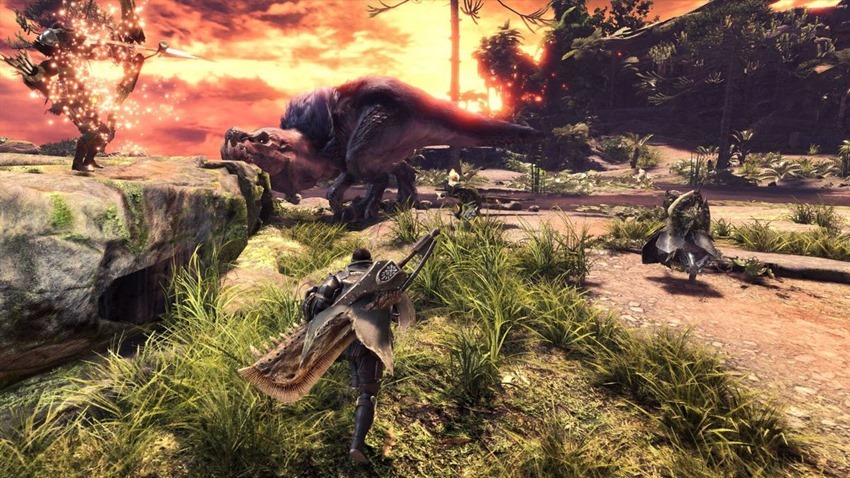
The latest entry in the long-running franchise truly elevates the series to new heights. It simultaneously respects veterans and welcomes newcomers, providing an experience that can be satisfying to both camps. The gameplay is still as addictive and deep as before and it doesn’t take long for it to suck you in. While it does stumble a bit in the story and performance department, they’re nothing but minor gripes in the greater scheme of things as the incredible time I spent with it more than makes up for any shortcomings. At the end of the day, Monster Hunter World is a game that I just can’t stop thinking about, and it’s a game, that’s really easy to love.
Last Updated: February 6, 2018
| Monster Hunter World | |
|
Monster Hunter World is an addictive, thrilling but ultimately satisfying experience. It’s the perfect starting point for newcomers, but it also has all the depth that long-time fans enjoy, making this easily the best game in the series.
|
|
|---|---|
| Monster Hunter World was reviewed on PlayStation 4 | |
|
90 /
100
| |




















